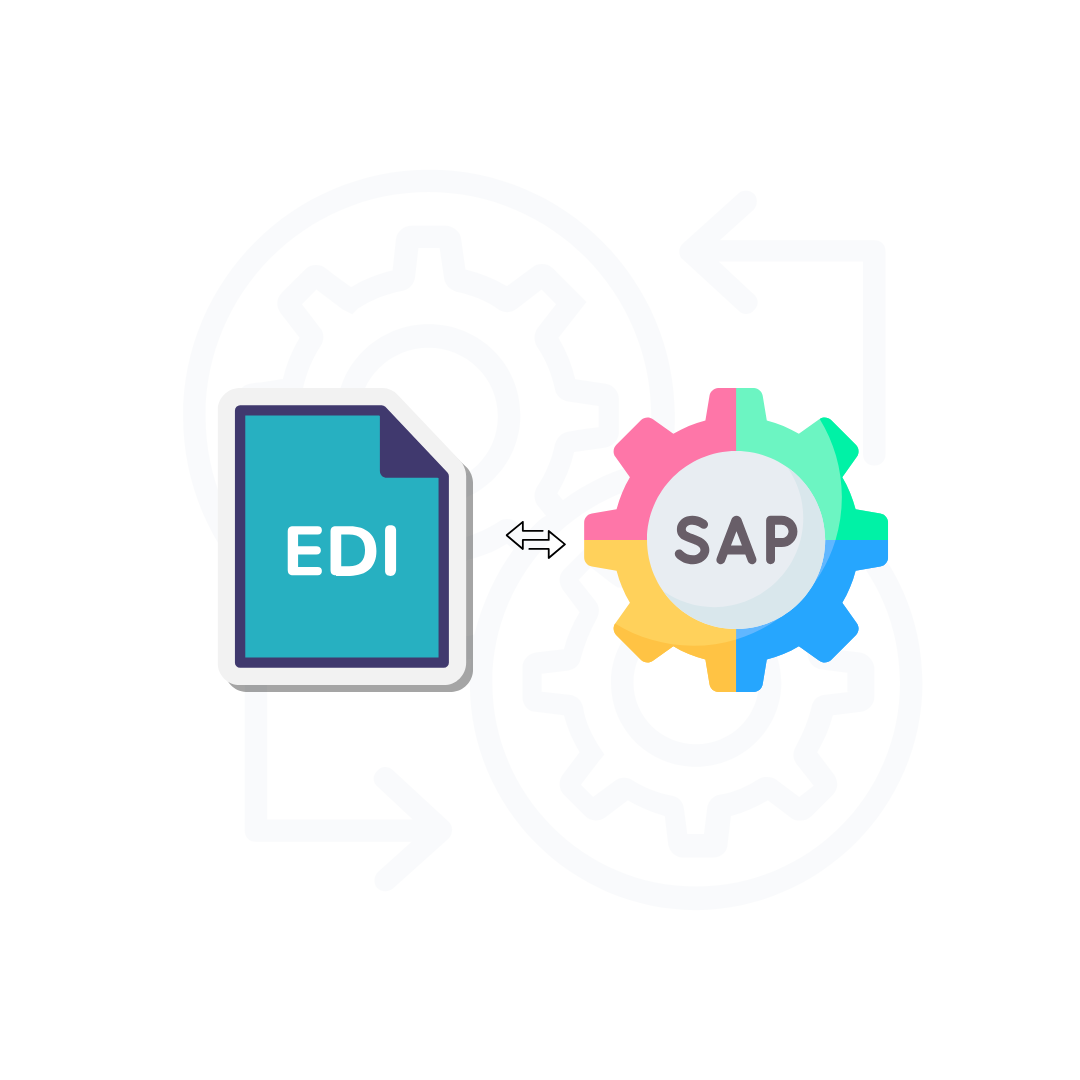Introduction EDI support has revolutionized supply chain management, driving efficiency, accuracy, and speed across industries. When businesses implement real-time data exchange through EDI, key players in the supply chain receive prompt updates about inventory levels, shipping schedules, and payment status. What makes EDI in supply chain management so powerful? For starters, these automated transactions can […]
Introduction EDI VAN services reached USD 174.98 billion in 2018 and is expected to grow at 11.7% annually through 2025 Many businesses find themselves struggling with multiple EDI VAN providers, especially those with complex supplier and customer networks. Managing various EDI VAN providers creates a web of tangled processes that’s time-consuming, error-prone, and expensive. In fact, companies […]
Introduction EDI SAP integration automates how businesses exchange critical documents and manage their supply chains, ensuring data flows seamlessly between systems and partners. While many organizations rely on this technology daily, mastering its implementation requires specialized knowledge that shouldn’t depend on a single team member. In fact, Electronic Data Interchange (EDI) with SAP systems enables the […]
Introduction EDI for suppliers has become the digital backbone of global supply chains, transforming how companies exchange critical business documents. Thousands of suppliers find themselves in this exact situation every year – retailers issue millions of orders daily that humans simply can’t keep up with. What’s more concerning? Every EDI message must be perfectly structured without typos or […]
Introduction The GS1 Global Data Model (GDM) represents a revolutionary approach to standardizing product information exchange across global supply chains. This comprehensive framework harmonizes product attributes, creates unified data standards, and enables seamless communication between trading partners worldwide. By implementing harmonized product attributes through the GS1 Global Data Model, businesses can achieve unprecedented levels of operational efficiency, […]





